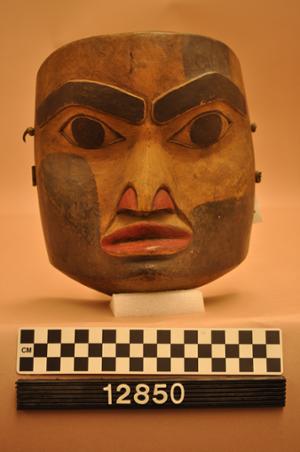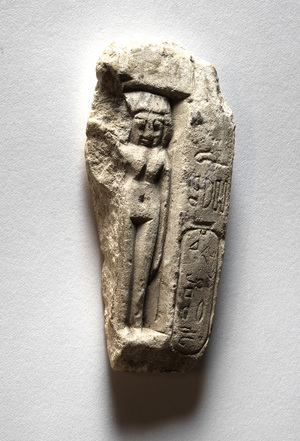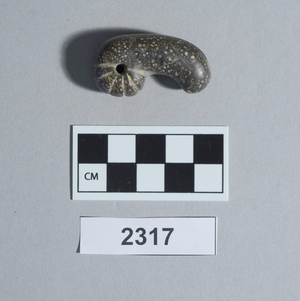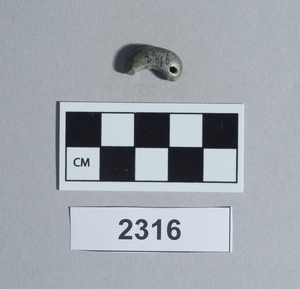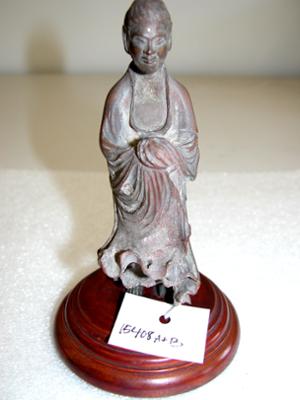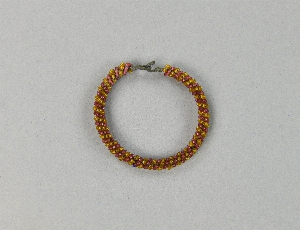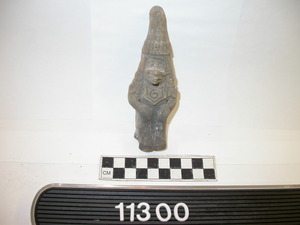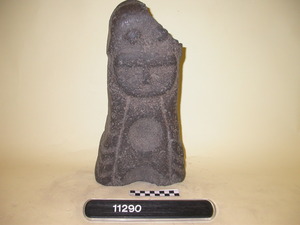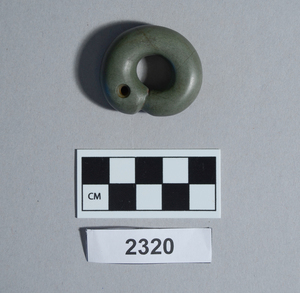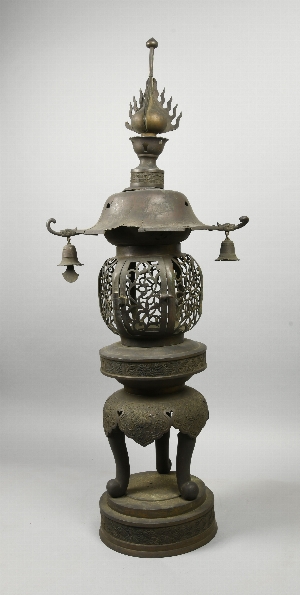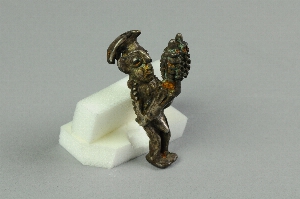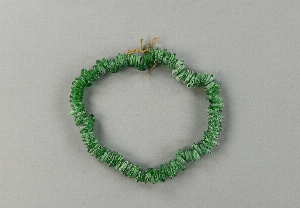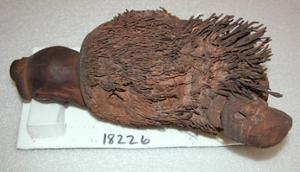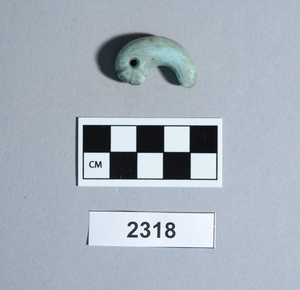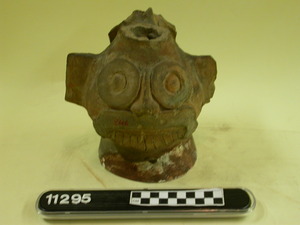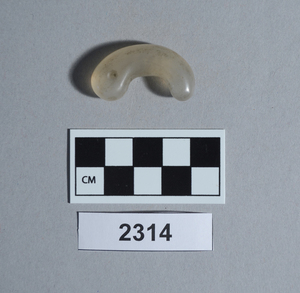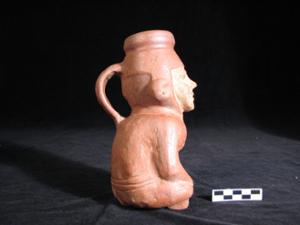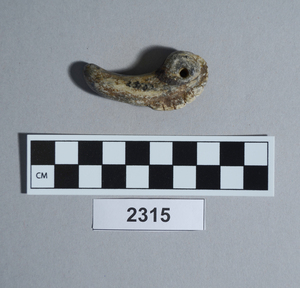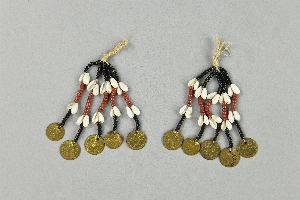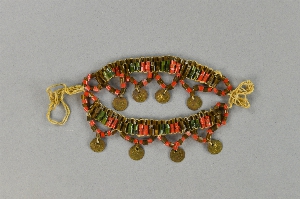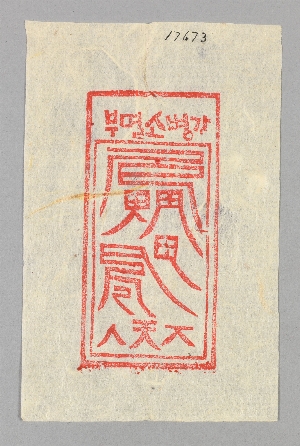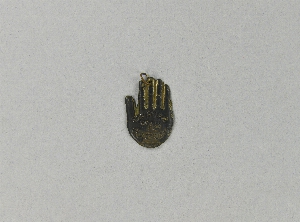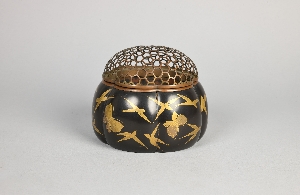Culin, Robert S. Loan Exhibition: Objects Used in Religious Ceremonies and Charms and Implements for Divination. University of Pennsylvania, Department of Archaeology and Paleontology, 1892.
Reference
- Object[131]
- amulet[6]
- arrow[1]
- bead[6]
- bell[2]
- bracelet[5]
- brick[1]
- brush holder[1]
- calendar stone[1]
- candle stand[2]
- canoe ornament[1]
- carving[5]
- cast[2]
- censer[1]
- charm[1]
- charms[1]
- compass[1]
- cup[1]
- earring[4]
- effigy jug[1]
- effigy pitcher[1]
- effigy vase[1]
- figure[16]
- figurine[23]
- figurine fragment[1]
- flower vase[2]
- gable figure[2]
- gorget[2]
- hair comb[1]
- house pole[1]
- idol[6]
- image[4]
- incense burner[2]
- incense stand[2]
- lamp stand[1]
- mask[4]
- mold[1]
- necklace[2]
- ornament[2]
- pen rest[1]
- pencil rack[1]
- pendant[2]
- pipe[1]
- rattle[4]
- sculpture[3]
- shrine[4]
- stand[3]
- statuette[3]
- support[2]
- sword hilt ornament[1]
- tablet[1]
- temple lantern[2]
- vase[2]
- alaska[9]
- british columbia[3]
- bubastis[1]
- cairo[15]
- canada[3]
- canton[7]
- china[14]
- chiriqui province[1]
- costa rica[1]
- dakotas[1]
- delhi[1]
- dominican republic[1]
- easter island[2]
- egypt[16]
- fiji islands[2]
- gabon[3]
- guadalajara[1]
- india[2]
- japan[16]
- korea[2]
- marquesas islands[9]
- marquette county[1]
- mexico (central america)[23]
- mitla[1]
- near typee valley[1]
- new mexico[1]
- new zealand[3]
- north dakota[1]
- nuku hiva[2]
- panama[2]
- peru[12]
- queen charlotte islands[1]
- san juan teotihuacan[1]
- santiago de caos[1]
- solomon islands[2]
- south dakota[1]
- south japan[6]
- tai pi vai[1]
- teotihuacan (mexico)[1]
- tesuque pueblo[1]
- tokyo[2]
- tonga islands[2]
- tula[1]
- ua pou[2]
- united states of america[3]
- valley of mexico[1]
- varanasi[1]
- vietnam[1]
- west indies[1]
- wisconsin[1]
- yamato[6]
- colonial[1]
- edo period[5]
- historic period[1]
- jomon[6]
- joseon dynasty[2]
- kofun[4]
- late chimu[2]
- meiji[4]
- meiji period[5]
- ming dynasty[1]
- modern[3]
- ptolemaic period[1]
- qing dynasty[7]
- thirty-third dynasty[1]
- yayoi[2]
- aztec[2]
- buddhist[5]
- chimu[2]
- chinese[14]
- chiriqui[1]
- fang[1]
- fijian[1]
- haida[3]
- indian[3]
- jain[1]
- japanese[20]
- jewish[1]
- jomon[6]
- kofun[4]
- korean[2]
- mandan[1]
- maori[3]
- marquesan[1]
- maya[1]
- ptolemaic[1]
- pueblo[1]
- sioux[3]
- solomon islander[1]
- teotihuacan (culture)[1]
- tesuque[1]
- tewa (culture)[1]
- tlingit[6]
- tongan[1]
- vietnamese[1]
- yayoi[2]
- 1,000 armed kannon[1]
- animal[1]
- bodhisattva[1]
- bow[1]
- butterfly[1]
- carp[1]
- charms[1]
- child[1]
- cleopatra vii[1]
- corn[1]
- cradle[1]
- demons[3]
- duck[1]
- female[3]
- fish[1]
- frog[1]
- fuku roku jin[1]
- garuda[1]
- god of fury[1]
- hand[1]
- hat[1]
- hawks[1]
- head[3]
- headdress[1]
- human[1]
- human figures[1]
- infant[1]
- jina[1]
- kannon[2]
- kneeling figure[1]
- man[7]
- manjusri[1]
- monju[1]
- monkey[1]
- parshvanatha[1]
- rain god[1]
- rocks[1]
- rope[1]
- sea[1]
- sea dragon king's envoy[1]
- seated figure[2]
- shan sing kung[1]
- shoki[3]
- snake[1]
- swallow[1]
- trees[1]
- woman[3]
- xochipilli?[1]
- xochiquetzal?[1]
- agalmatolite[2]
- bead[2]
- bone[2]
- brass[14]
- bronze[3]
- ceramic[13]
- chalcedony[1]
- claw[2]
- clay[3]
- cloth[1]
- copper[3]
- deer hide[1]
- fiber[8]
- gilding[2]
- glass[15]
- gold[2]
- gold leaf[1]
- green stone[1]
- iron[3]
- ivory[4]
- jade[1]
- lacquer[4]
- lead[1]
- lead alloy[3]
- limestone[1]
- metal[4]
- obsidian[1]
- paint[1]
- paper[2]
- peel[1]
- pewter[11]
- pigment[8]
- plaster[1]
- porcupine quill[1]
- porpoise teeth[1]
- quill[1]
- rhinoceros horn[1]
- root[1]
- sandstone[1]
- seed[1]
- serpentine[1]
- shell[6]
- silver[6]
- slate[1]
- steatite[4]
- stone[14]
- string[1]
- terracotta[6]
- volcanic stone[1]
- whale bone[2]
- whale ivory[1]
- whale tooth[1]
- wood[33]
- actual citation[131]
- type citation[6]
1 - 30 of 131 Records
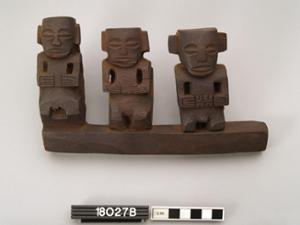
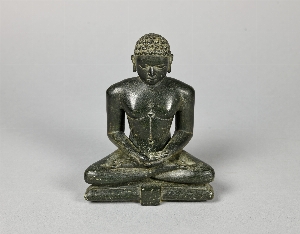
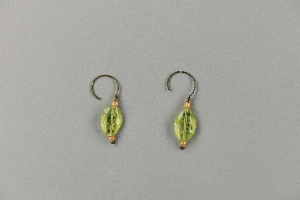
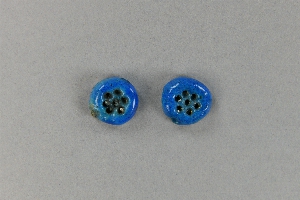
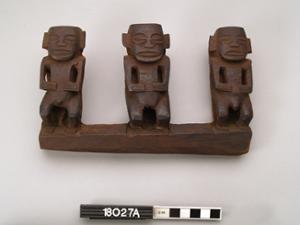
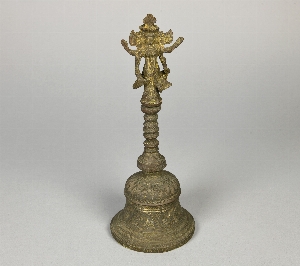
1 - 30 of 131 Records


